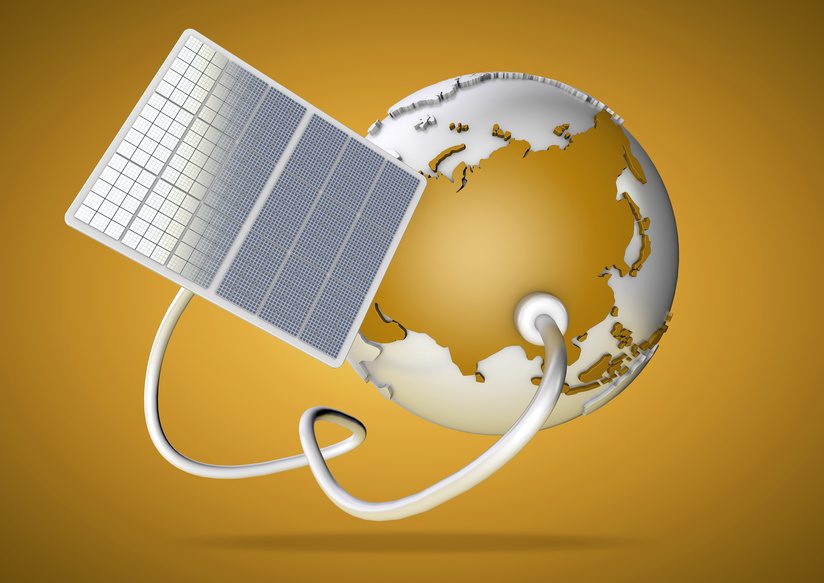The global solar power industry was always viewed as one based on flawed business principle of artificial sustenance. With prolonged low economic growth, the artificial support base disintegrated, resulting in shutdown of multi-million dollar business across the globe.
Several leading players, such as Siemens, Solar Millennium, First Solar Inc, and SunPower Corp and Suntech Power, have either filed for bankruptcy or pulled out of their loss-making solar power businesses. Others, such as Germany-based Bosch, have decided to wrap-up solar operations at the end of 2013 after having “tried unsuccessfully to achieve a competitive position”.
A 60% fall in solar panel prices between 2010 and early 2013, as well as the rapid expansion of natural gas production in the USA and curtailment of subsidies in the EU were some of the key reasons for growing losses. What is also worth noting is the overcapacity in the market – global production capacity for photovoltaic panels reached about 60 GW in 2012, while expected demand was only 30 GW. Driven by such unsustainable market conditions, no wonder solar power companies went out of business.
Industry experts, however, view the above factors as simply the result of China’s growing dominance in the global solar power industry. Driven by government subsidies, China became the largest solar panel supplier, accounting for 60% of global solar power production capacity. This domination of the industry has, however, come at a price. Amidst growing unhappiness with China-made products leading to local companies becoming uncompetitive, USA imposed a 40% anti-dumping duty in 2012 while in May 2013 the EU imposed provisional duties of 12% (likely to increase to 47% in August) on imports of Chinese-made solar panels. Whether this will deter China or encourage local growth is unknown; this might however have a negative effect of pushing the industry further into crisis.
Beneficiary of the present situation are likely to be manufacturers in countries like Taiwan which are not yet subject to US/EU import tariffs. About 90% of solar cells manufactured in Taiwan are exported to the USA, Europe, and China. Taiwan might also benefit from the EU’s imposition of duties on China made products, driving Chinese investment into Taiwan for setting up manufacturing plants to then directly export to the EU from Taiwan without having to pay the duties. Recent activities of some Chinese companies have indicated Turkey and South Africa being possible destinations for setting up manufacturing units.
The Chinese will find ways to get their products into the US and EU markets, even if it means moving their operations to Taiwan or other countries which are not subject to the high duties. The real issue, however, is the state of the global solar industry – with some of the major players shutting down operations and funding of solar power depleting, is the end of the road? We doubt it.
There is still hope for the solar power industry, largely driven by favorable policy measures in emerging Asian and Latin American countries. The first half of 2013 witnessed solar power investments in several countries, including Kuwait, South Africa and Chile. The industry received a major boost from Middle-East when Saudi Arabia announced a US$100 billion investment plan in 2012, to generate one-third of the country’s electricity demand through solar energy. Although current demand in these emerging markets is relatively low and may take about 10-15 years to develop into a sizeable market, the scope for growth is immense.






